Hidden cameras monitor wildlife in bushfire-ravaged parts of NSW
Emergency food drops to help wildlife survive in bushfire-ravaged parts of NSW seem to be working, with hidden cameras capturing animals accessing the supplies of carrots and sweet potatoes. In one amazing photo, a possum tries to stake its claim against a wallaby. SEE THE PICTURES
NSW
Don't miss out on the headlines from NSW. Followed categories will be added to My News.
- Schools get power to ban violent students, extremists
- Brad Hazzard: ‘Virus vaccine may never be found’
An image of a wallaby munching on carrots as a startled — or outraged – possum looks on has given authorities hope that emergency bushfire food drops have helped sustain wildlife.
Captured on a camera sensor placed in Curracabundi National Park on the state’s fire-ravaged mid-north coast, the image is among scores of photos of wildlife eating at food stations set up after the fires.
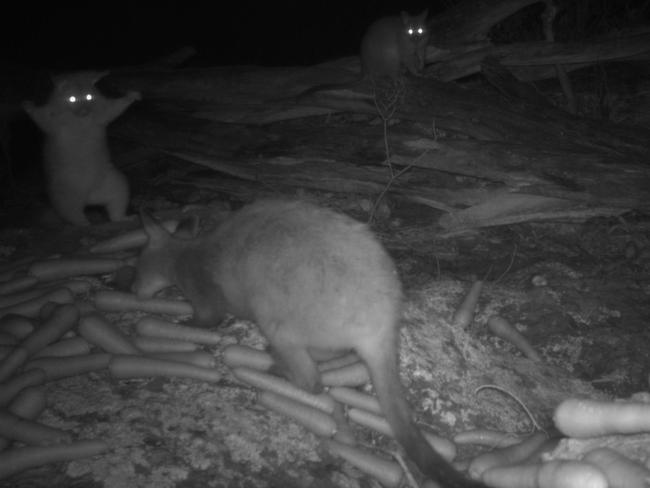
Among the most exciting captures are that of the endangered brush-tail rock wallaby, with 26 individuals caught on camera.
Feared to have already been severely impacted by drought, wildlife officers had serious concerns as to how a population on the brink of extinction may have fared after the fires.
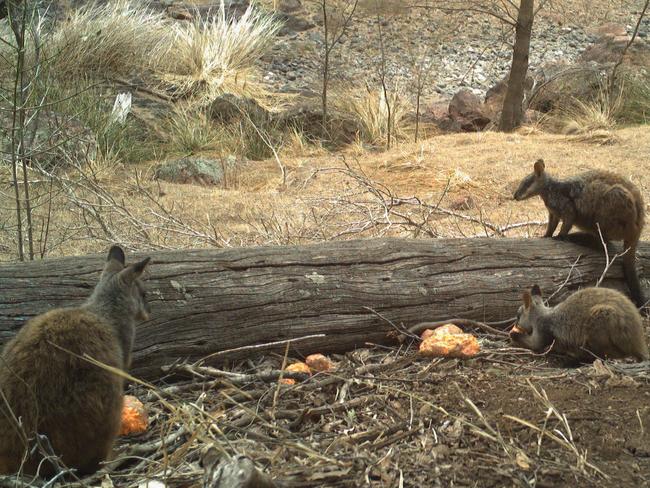
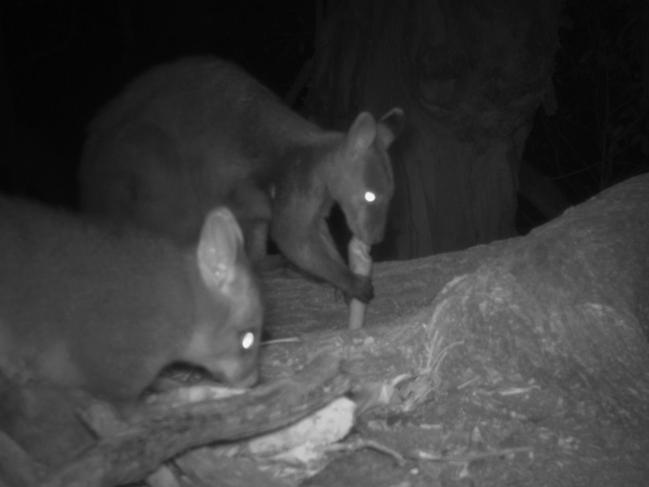
Environment Minister Matt Kean said the images provided relief to authorities who were concerned the devastating drought and the fires may have left the park unable to sustain wildlife, especially with vital waterways such as the Barnard River running dry.
MORE FROM LINDA SILMALIS:
Zoos and aquariums to reopen with less crowds
Beauticians, nail salons to reopen on June 1
The park had at one stage been encircled by fire, becoming one of the few refuges for wildlife fleeing the blazes.
“After fire ravaged the bushland nearby earlier this year, there was concern the drought-stricken refuge might not sustain the animals living in the area,” Mr Kean said.
“The terrain was extremely dry, trees and grasses were dead or dying, while the Barnard River was dry, with only half-a-dozen drying waterholes left.
“It was so heartening to see threatened brush-tailed rock-wallabies and other animals tucking into their vegies on candid cameras.”
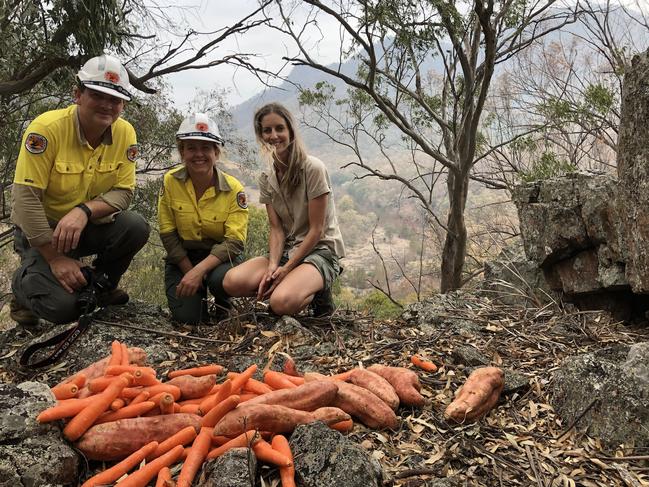
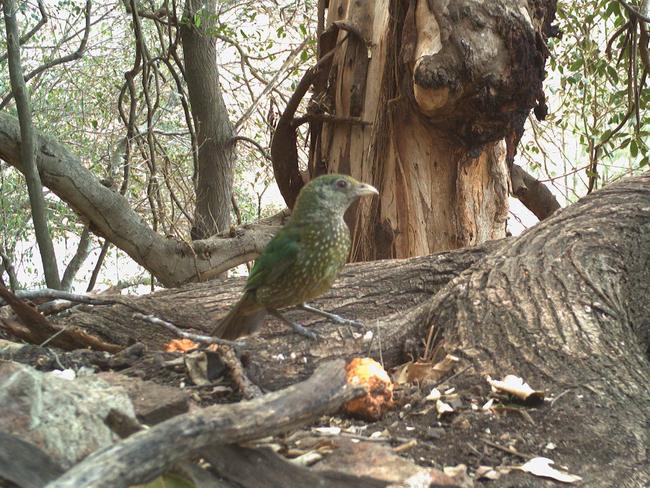
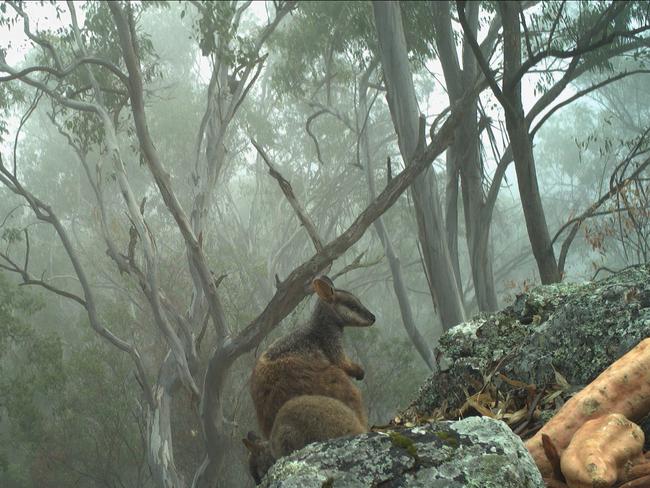
Along with the endangered marsupials, the camera sensors also recorded two red-necked wallabies, two wombats, 19 brush-tailed possums and a curious diamond python.
In one image, a wombat also appears unimpressed with a wallaby eating at the same food station.
As for birds, ravens, currawongs, lyrebirds, a whipbird and a catbird were also caught on camera.
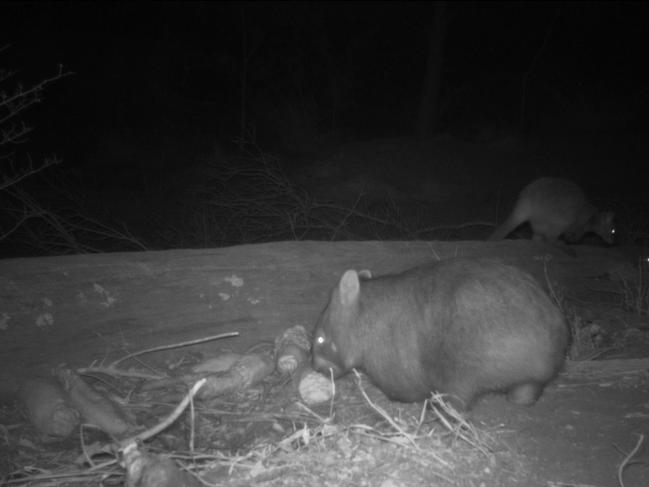
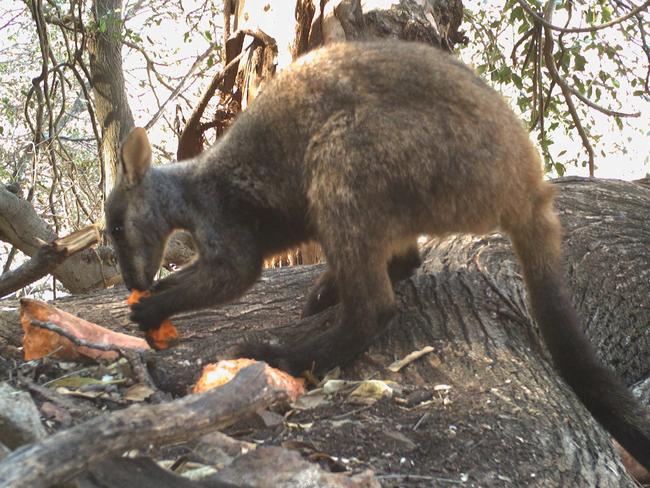
These were images recorded at food stations just before the February rains.
The brush-tailed rock wallaby is found in isolated pockets between southern Queensland and northern Victoria.
In some areas, numbers are so low that the population is listed as critically endangered.
The food drops were initiated as part of the Wildlife Conservation Bushfire Recovery Plan enacted after the fires.
* Pictures supplied by the NSW National Parks and Wildlife Service (NPWS)
Originally published as Hidden cameras monitor wildlife in bushfire-ravaged parts of NSW
